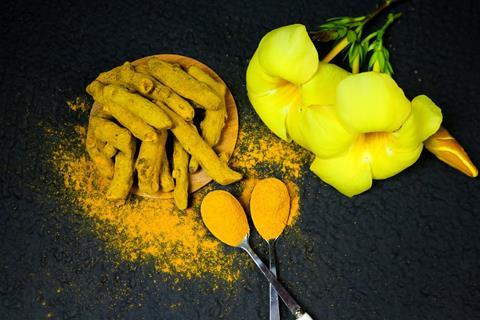A new review uncovers how medicinal plants interact with their endophytes at a molecular and metabolic level - and examines the potential of these endophytes for use in therapeutics.
The review, ‘Therapeutic compounds from medicinal plant endophytes: Molecular and metabolic adaptations’, by a team at Sri Venkateswara College in New Delhi, India, has recently been accepted for publication by the Journal of Applied Microbiology, an Applied Microbiology International publication.

The team’s research delves into the complex and intricate relationship between plants and endophytes - microorganisms that live within plants and have adapted to their specific chemical environment.
Novel drugs
“By gaining a deeper understanding of these interactions, we can discover novel drugs and identify specific genes or metabolic pathways that lead to the production of bioactive compounds,” said corresponding author Dr. Vartika Mathur.
“These approaches have the potential to expand our horizons in drug discovery and enable us to elucidate genes and pathways that produce specific bioactive compounds. Additionally, these approaches can aid in the establishment of functional libraries of medicinal plants that are at risk of extinction.”
Endophytes contribute to the production of primary and secondary metabolites that promote the growth and stress resistance of their host plants. In medicinal plants, endophyte associations strongly influence the production of bioactive compounds.
Unique chemical environment
The review analysed, through previous studies, the mechanisms by which endophytes adapt to the unique chemical environment of their host plants.
“We also determined whether endophytes are capable of modulating gene expression in medicinal plants to produce pharmacologically active metabolites,” said Dr. Mathur.
“Another aspect we explored, through secondary data, is the differences in metabolite production between fungal and bacterial endophytes and their interactions with their host plants.”
New metabolites
“The plant-endophyte association results in the assembly of new metabolites that are produced either only by the endophyte, by the plant and endophyte together, or by the plant with changes caused by the endophyte.”
“Endophytes synchronize their metabolite production with their host plants, indicating possible horizontal gene transfer. However, metabolite synthesis may follow different biosynthetic pathways in endophytes and their host plants.”
Endophytes influence plant metabolism by altering the metabolite quantity, supporting the co-evolution of plant-endophyte interactions, even when the association increases the overall energy requirement of the host, Dr Mathur said.
“The establishment of endophyte-plant interactions can occur through mutual benefit or the utilization of metabolites produced by one or both partners. Thus, understanding the interaction between endophytes and medicinal plants can aid in novel drug discovery and the identification of specific gene or metabolic pathways leading to bioactive compounds.”
Lab challenges
One key challenge that the team faces in studying the relationship between medicinal plants and their endophytes is that some types of bacteria are difficult to grow in a lab.
“However, new techniques using plant-based materials have made it possible to grow some of these bacteria. With advanced screening techniques and gene analysis, we can discover new compounds that these bacteria produce, which could lead to new drugs,” Dr Mathur said.
“Additionally, these techniques can help preserve endangered medicinal plants by creating functional libraries.”
The research project originated from discussions between Dr Mathur and her PhD student and first author of the paper, Ms. Garima Sharma, as a part of her thesis work.
“Garima has been investigating the bioactivity of endophytes extracted from medicinal plants, and has made some promising discoveries. We are currently working on sharing her findings with the world,” Dr Mathur said.
‘Therapeutic compounds from medicinal plant endophytes: Molecular and metabolic adaptations’ appears in the Journal of Applied Microbiology.







No comments yet